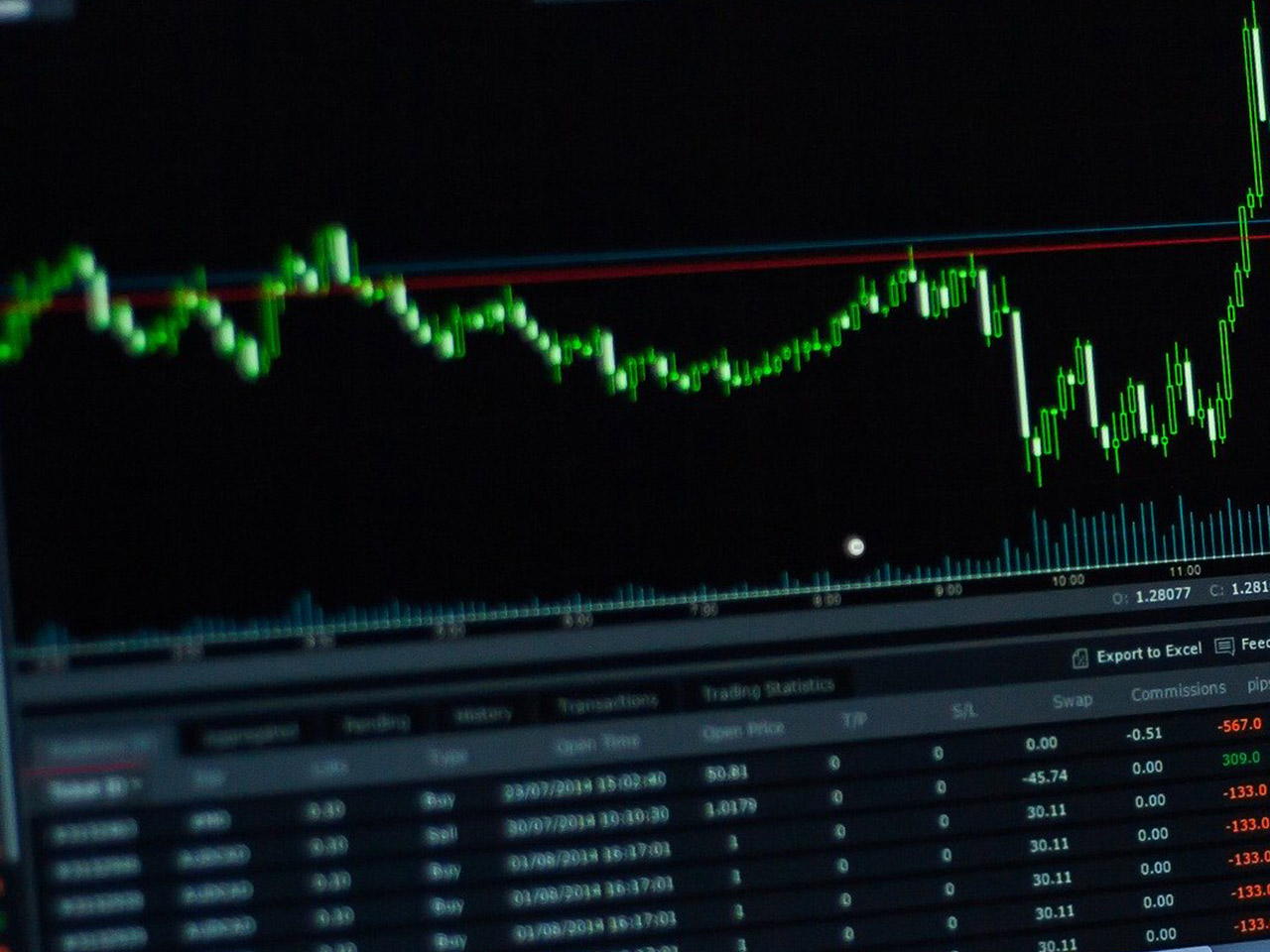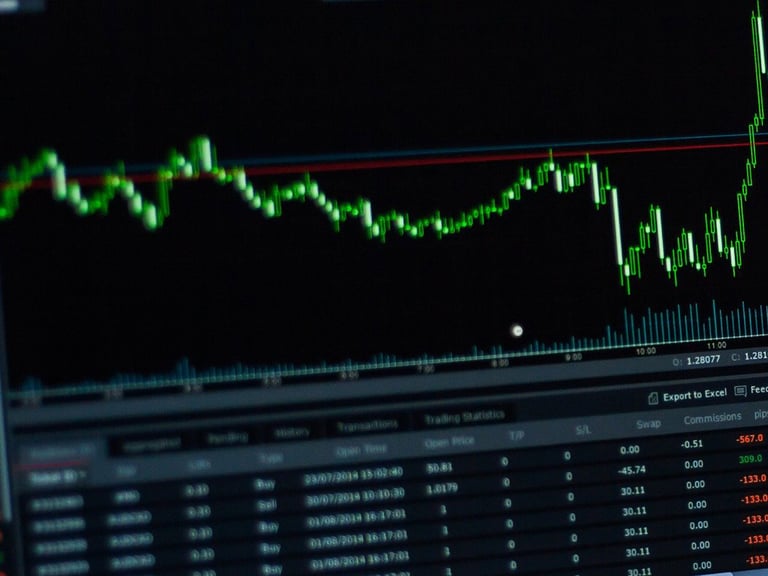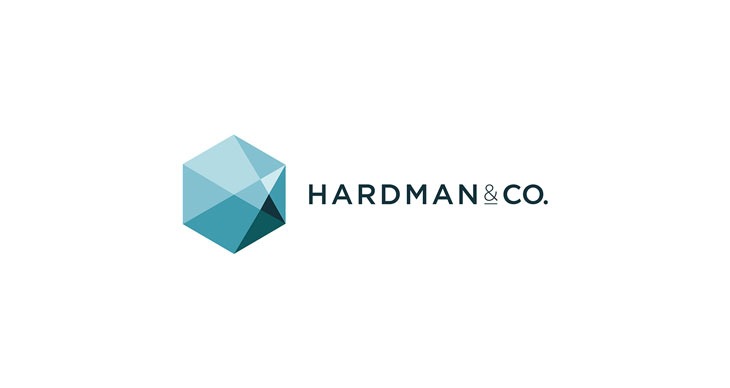In the dynamic world of electronic gaming and multimedia, Electronic Arts Inc. (NASDAQ: EA) stands as a formidable player. With a market capitalization of $37.66 billion, EA has carved out a significant niche within the Communication Services sector, specifically in the Electronic Gaming & Multimedia industry. As the company continues to develop and publish popular franchises such as FIFA, Battlefield, and The Sims, investors are keen to understand how EA’s financial health and growth prospects align with their investment strategies.
Currently trading at $144.52, EA’s stock price reflects a tightrope walk between its 52-week range of $116.53 to $167.97. This places the stock comfortably above its 50-day moving average of $133.35, and almost precisely on its 200-day moving average of $144.47, indicating a relatively stable long-term trend. A closer look at the technical indicators reveals a RSI (14) of 26.53, suggesting that the stock may be oversold and could be poised for a rebound.
However, EA’s financial metrics present a mixed bag. The forward P/E ratio stands at 19.38, which, while not excessively high, suggests a degree of optimism in the company’s future earnings. The absence of trailing P/E and PEG ratios, along with other valuation metrics like Price/Book and Price/Sales, makes it challenging to perform a straightforward valuation comparison. This indicates that investors may need to rely more heavily on qualitative analysis and industry trends to guide their EA investment decisions.
Revenue growth for EA, unfortunately, has dipped by 3.20%, putting a damper on what has otherwise been a robust growth story in the gaming sector. Nonetheless, the company boasts a solid return on equity of 14.04%, reflecting efficient management of shareholder funds. Moreover, EA’s free cash flow of over $1.65 billion provides a reassuring buffer, enabling the company to invest in new technologies and maintain its competitive edge.
On the dividend front, EA offers a modest yield of 0.53%, with a conservative payout ratio of 19.34%. This suggests that while dividends are not the primary attraction for EA investors, the company’s current policy leaves room for potential future increases as earnings stabilize.
Analyst sentiment towards EA is largely neutral, with 9 buy ratings and 19 hold ratings. The absence of any sell ratings indicates a general consensus of confidence, albeit cautious, in EA’s strategic path. The average target price of $145.66 implies a marginal potential upside of 0.79%, suggesting that the stock is fairly valued at its current levels.
For individual investors considering EA, the company presents an intriguing mix of potential and risk. The gaming industry is notoriously volatile, with shifts in consumer preferences and technological advancements driving rapid changes. EA’s strong portfolio of established franchises and its strategic focus on digital distribution provide it with a solid foundation. However, the recent decline in revenue growth and the current market valuation highlight the importance of keeping an eye on industry trends and EA’s ability to innovate and capture new market segments.
As EA continues to navigate the evolving digital landscape, investors should weigh their appetite for risk against the potential for growth in a company that has both a storied past and promising, albeit challenging, future.
The information in this article should not be taken as advice. Readers should conduct their own due diligence and seek independent financial advice before making any investment decisions.





































